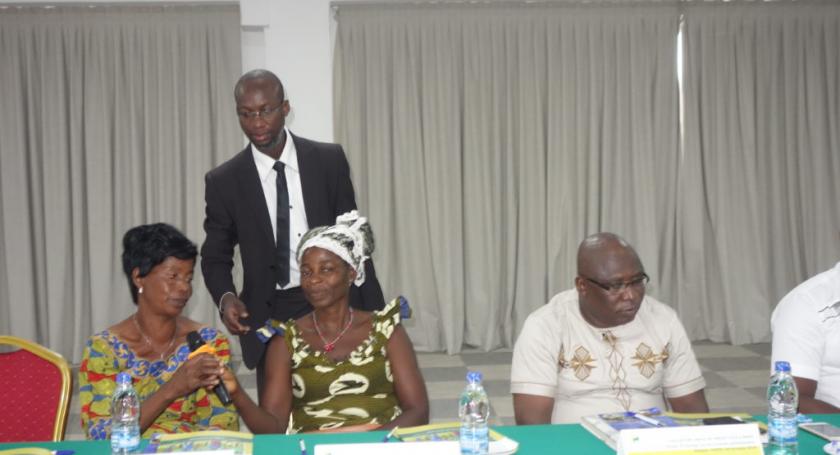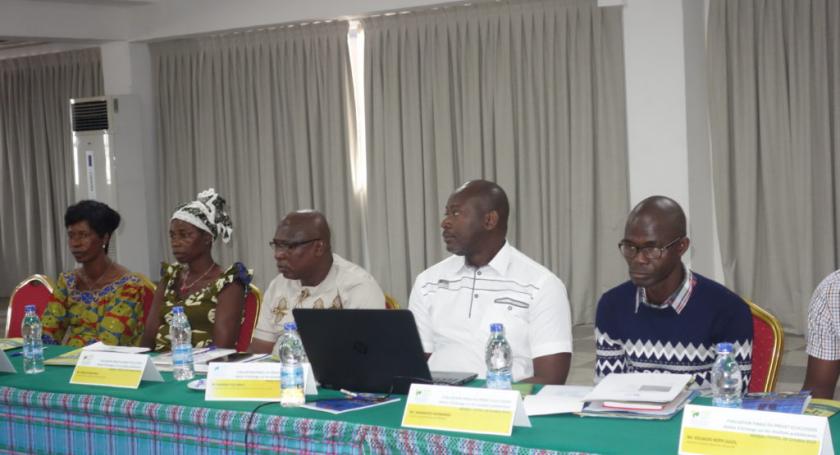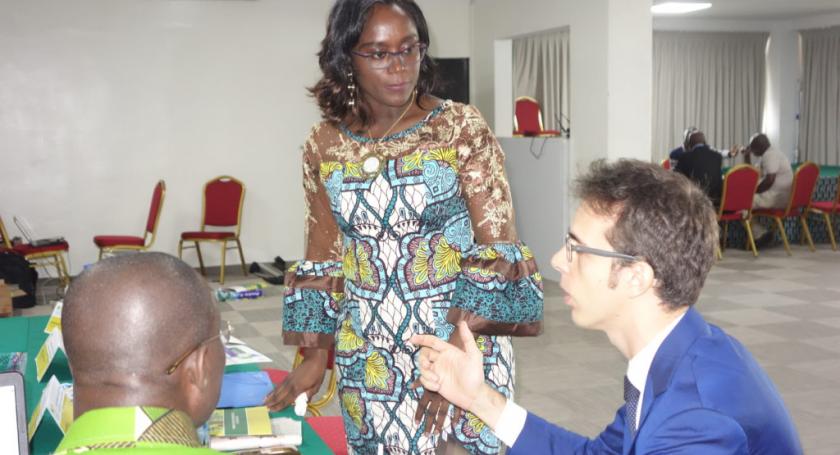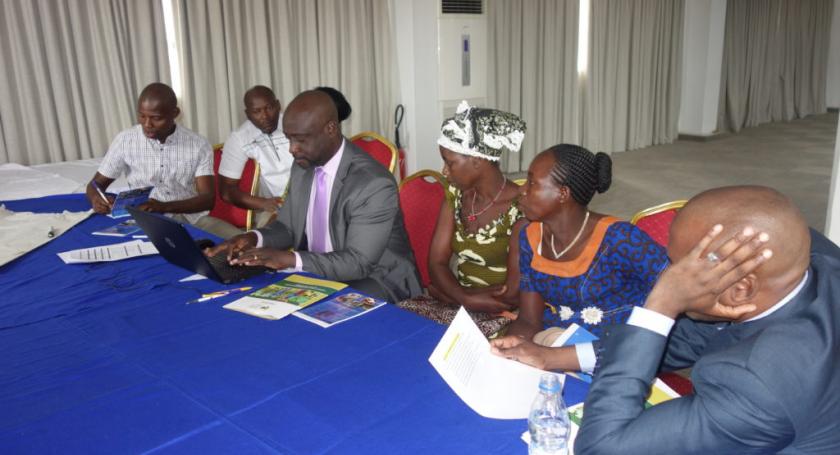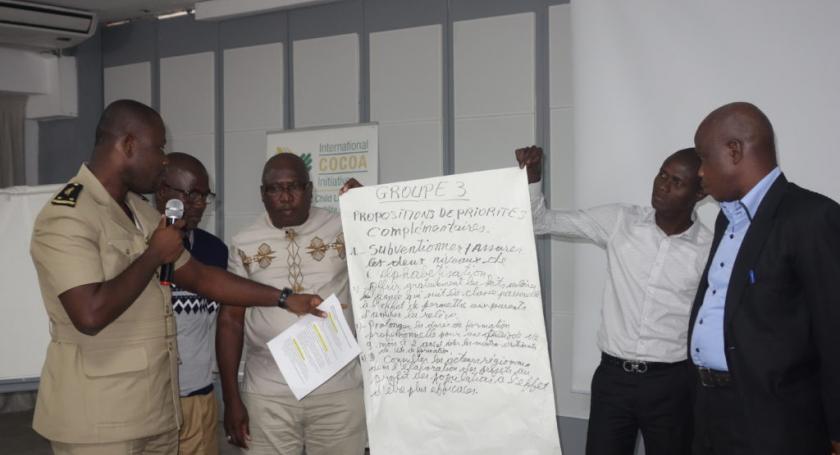Eliminating Child Labor In Cocoa (ECLIC) project funded by the United States Department of Labor (USDoL) and implemented by the International Cocoa Initiative Foundation (ICI) is coming to an end after 4 years of implementation on the ground in Côte d’Ivoire. In view of its definite closure, USDoL commissioned a final evaluation of the performance of its implementation with the objectives of assessing the extent to which ECLIC has achieved the stated goals and objectives, evaluating the effectiveness of project implementation and management, making recommendations to improve the performance and relevance of similar projects. Following a field mission from October 14 to 28, 2019, the team designated for this mission organized a workshop on October 28 in Abidjan to present and discuss the first results of the evaluation. After a presentation of the project itself, its key points and level of implementation, the preliminary results were presented and then ideas and recommendations were proposed, highlighting the priorities.
Overall, the evaluation revealed that encouraging results have been achieved in the implementation of the project for vulnerable communities. Recommendations were made, particularly with regard to the follow-up of actions carried out in favor of communities to ensure the sustainability of activities. It should be noted that it was on May 19, 2016 that the ECLIC project was officially launched by the First Lady of Côte d’Ivoire, who is also the president of the National Supervisory Committee (CNS). She was represented at the launching ceremony by Mr. Moussa Dosso, minister of Employment and Social Protection and president of the then Inter-Ministerial Committee to Combat Trafficking, Exploitation and Child Labor (CIM).
The ECLIC project, which ran for a period of 4 years (from November 2015 to November 2019), was aimed at reducing child labor in 50 cocoa-growing communities in Côte d’Ivoire. A total of 5,450 vulnerable children engaged in or at risk of child labor in these communities needed help and received various forms of support, social assistance and/or educational support. The project also targeted 1,500 vulnerable households in these communities for the promotion of sustainable livelihoods.

